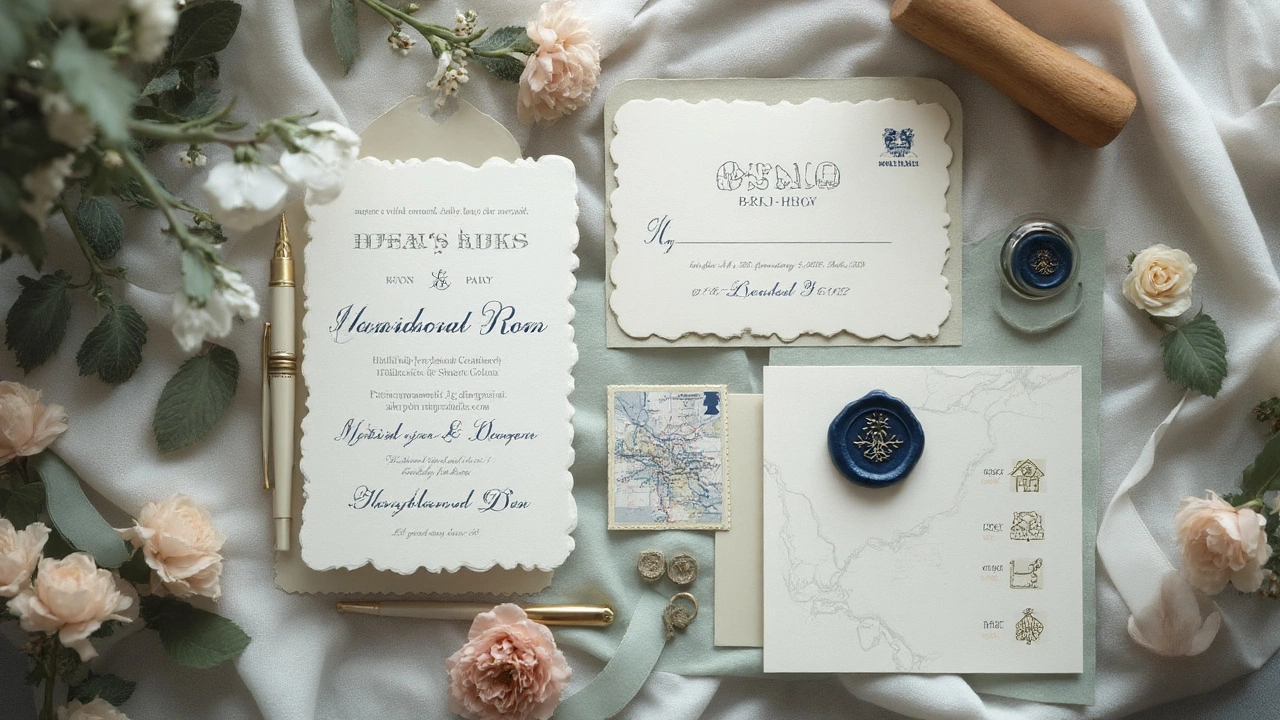What to Include in Your Wedding Checklist
Planning a wedding feels like juggling a million tiny things. The secret to staying sane? A solid checklist that covers every must‑have. Below you’ll find the core items you can copy straight into your own list, plus a few pro tips to keep things moving.
Budget Basics and Timeline
Start with the numbers. Write down your total budget, then break it into categories: venue, dress, photography, food, décor, and extras. Assign a realistic % to each – most couples spend 40‑45% on the venue and 15‑20% on food. Knowing these limits early stops surprise cost spikes later.
Once the budget is set, add key dates: when to book the venue, when to send save‑the‑dates, and the deadline for the final dress fitting. Put these dates on a calendar (Google or paper) and check them weekly. A visual timeline makes it easy to see what’s coming up next.
Essential Vendors and Details
Vendor bookings are the backbone of any wedding. Your checklist should have a line for each: photographer, videographer, caterer, florist, cake designer, DJ or band, and transportation. For each, note the contact name, contract signing date, deposit amount, and payment due dates. This prevents you from missing a deadline and helps you compare quotes.
Don’t forget the little‑but‑important services. Hire a day‑of coordinator or assign a trusted friend to handle the timeline on the big day. Book a hair and makeup artist and schedule a trial at least two months before the wedding. If you’re planning a wedding cake, decide whether you want a traditional tiered cake or cupcakes and book your baker early.
Now move to the paperwork. Create a guest list spreadsheet with columns for name, address, RSVP status, and dietary needs. Use this list to order invitations, track postage weight (standard wedding invitation weight is around 5‑7 g), and calculate how many meals you’ll need.
Invitation etiquette is another checkpoint. Decide who gets a save‑the‑date, who receives the formal invite, and when to send them (usually six weeks before the wedding). Include a line for RSVP cards and note what the “M” on the card means if you’re using that format.
Dress and attire deserve their own section. List the bride’s dress, veil, shoes, and accessories, plus the groom’s suit or tux, tie or bow‑tie, and shoes. Add a note for fittings – schedule at least three sessions: initial, final, and day‑of adjustments. Include a line for bridal party outfits and any rental details for accessories like cufflinks or veil combs.
Finally, cover the day‑of logistics. Write down the ceremony start time, the order of events, music for each part, and who will be responsible for each task. Include a backup plan for weather if you’re having an outdoor ceremony. Add a reminder to confirm the wedding car decoration and who’s handling it.
Keep this checklist in a shared cloud folder so your partner, planner, and key family members can all see updates. Check off items as you go – the satisfaction of ticking boxes is half the fun of planning.
When you reach the end of the list, take a moment to breathe. You’ve covered the budget, vendors, guest list, attire, and day‑of flow. With these essentials in place, the wedding will run smoother, and you’ll have more energy to enjoy every magical moment.

- Sep, 21 2025
- Comments 0